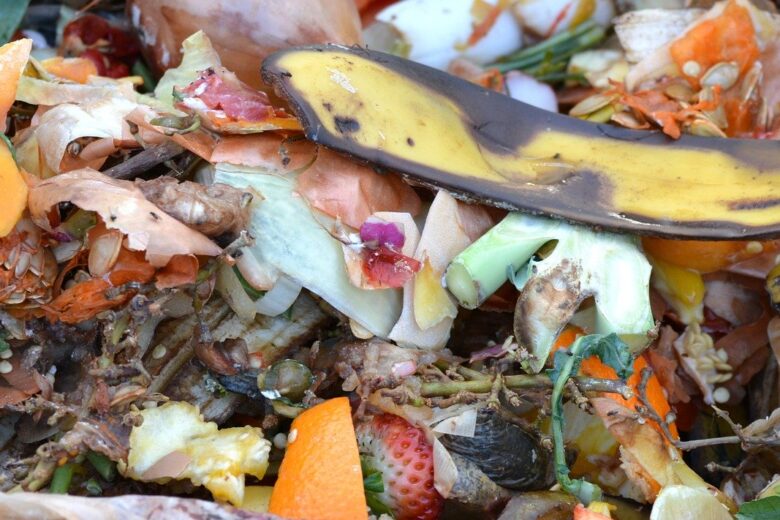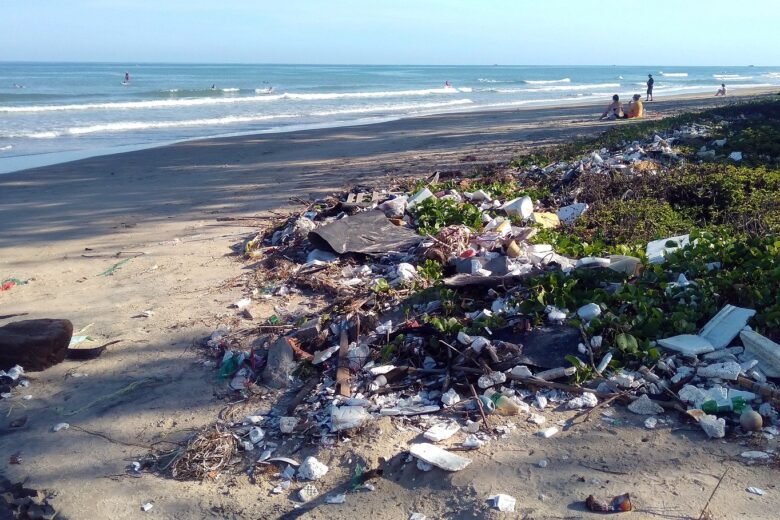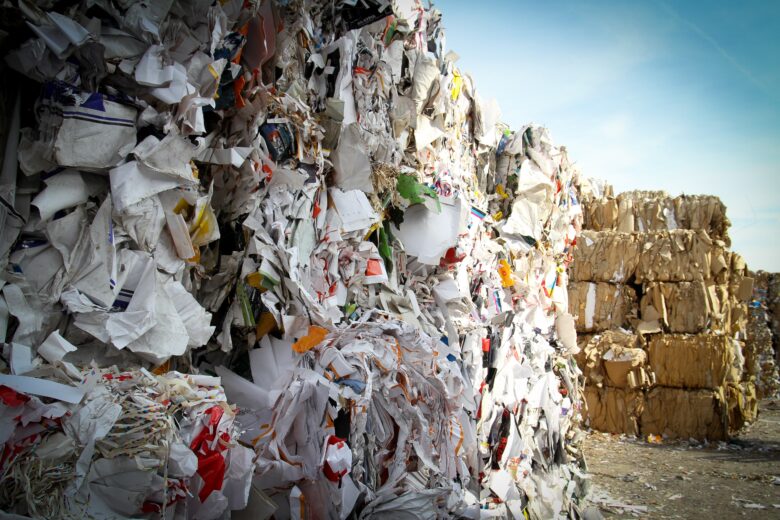Compostable materials, on average, will make up around 25% – 45% of your waste stream. Diverting these materials from the landfill will have the largest impact on your waste diversion rate. In the last five years, the compost industry has seen tremendous growth, creating more opportunities to divert compostable material from the landfill.
So where do you start?
A compost program, whether for an event or venue, can be broken down into two main areas:
Front of House
Front of house compost collection is everything that your attendees, guests, fans and visitors produce. Front of house compost collection can be difficult because it requires the individual to separate their products into the proper bin (compost, recycling and trash) or it requires ALL front of house products to be compostable. Front of house compost programs tend to be more expensive to execute and the risks are higher for a high contamination rate, which could cause the compost to be landfilled.
Back of House
Back of house compost collection is everything produced in the kitchens and prep areas of your event. Back of house programs can be easily controlled and contamination easily monitored. It requires the cooperation of your food vendors, caterer or venue kitchen staff. A back of house collection program is the easiest place to start and the primary starting point we recommend.
There are 6 standard considerations when evaluating your program design. These considerations are critical in determining the feasibility of a program and ultimately its success.
- Availability of a compost facility. The compost industry has grown in the last several years and the availability of compost facilities across the United States has grown exponentially. Be sure to locate the compost facility closest to you and inquire about the materials they accept. Some facilities are not equipped to handle dairy, meat, bones or compostable serveware. You may even discover that you don’t have a compost facility near your event location.
- Transportation. Compost, especially solid food waste, is heavy. It’s important to properly plan how your compost is going to be safely transported. Many waste haulers charge extra to clean out their containers after transporting solid food waste; these extra fees could impact your budget.
- Venue policy and procedures. A venue’s existing policies may influence your compost program. Be sure to communicate with your point of contact and, if possible, write your compost program into your facility rental contract.
- Wildlife. Unlike most indoor events (with the exceptions for some loading dock locations), outdoor events will need to take into consideration the event’s footprint with local wildlife (think bears, raccoons, birds, etc). Wildlife in the area will guide how you handle, store and transport your food waste.
- Security. Facilities located in densely populated urban areas may have issues with people rummaging through their trash bins for food scraps. Security of your bins is important for the safety of your community and event staff.
- Vendor cooperation. Almost all compost programs involve the events’ vendors. These vendors could be individual food trucks, concessionaires or a single caterer. The vendor must be able and willing to participate in the program. As a requirement of the compost program, the vendor may have to purchase compostable serveware, which will come at an additional expense, increasing prices for your attendees or deterring the vendor from participating in the event.
Compostable vs. Biodegradable
One of the biggest misconceptions is that compostable and biodegradable are the same. They are not!
Compostable.
To compost, you need three things: heat, water, and oxygen. A product or material that is compostable will, with the right amount of the three latter elements, break down (from microbial activity) into a nutrient rich soil amendment called compost. With material like veggies, fruits and grains, this process takes about 90-180 days. With more complex items such as meat, dairy, bones and compostable serveware, an industrialized compost facility is needed to create a high enough heat level to break down the material.
Check out this video from the Kiss the Ground on The Compost Story.
Biodegradable.
Biodegradable means that products will disintegrate in to tiny pieces, producing high levels of methane gas, among other emissions, in the process. This is the process that takes place in landfills. Many landfills have systems in place to capture the methane gas and convert it to energy. Did you know it takes plastic over 4,000 years to biodegrade? That means every piece of plastic ever made is still in existence!!! Compost (the nutrient rich soil amendment) cannot be created from biodegradable products.
To learn more about how landfills create energy, check out this video from Waste Management.
What is Compostable?
People are familiar with the composting of yard trimmings with leafs, old plants and leftover wood. You may know someone who composts food at home or on their farm. Your community may even have a small food compost company who collects it from your curb. So what exactly is compostable?
Food scraps
Easy to Compost Food Scraps may compost in your backyard, garden or farm. This material will breakdown at lower heat levels, be absent of smell and turn to compost in 90-180 days.
- Fruits and vegetables, including the rinds and pulp
- Grains, both cooked and uncooked, including products made from flour such as bread
- Coffee grounds and tea bags
Harder to Compost Food Scraps are not recommended to be put into your backyard compost bin. We would only recommend composting these materials when taking the material to an industrialized compost facility. The higher heat levels will be able to breakdown the fats and oils more efficiently. This faster process cuts down on smell, pests and harmful bacteria that can interfere with the composting process.
- Meat, fish and poultry. Cooked or uncooked.
- Products containing dairy, such as cheese
- Products containing high fat or oil contents such as salad dressings, mayonnaise, most bottled sauces, olive oil, fried food
Paper Products
The vast majority of paper products can be recycled rather than composted. Products such as paper and cardboard, although compostable, have their own recycling end markets and vendors. We recommend recycling the products first before looking for compostable options.
Serveware made from paper. However, it’s important to note, that not all paper products are created the same! Paper, when it gets wet (for the lack of a better term), melts. Remember those paper mache art projects from elementary school? When food is placed onto a paper plate and liquids into a paper cup, the cup and plate will hold up very well. This is because manufacturers put a plastic film or wax like coating inside the cup or encased around the plate or bowl to protect the paper. This coating makes the paper plate and cups unrecyclable and uncompostable because the plastic film/wax cannot be separated from the paper itself.
Compostable Products
You may have seen at your local grocery store, caterer or restaurant, serveware that is advertised as compostable. A key to any compost program is the use of compostable serveware. Compostable serveware is serveware – such as cups, bags, utensils, plates, bowls, straws – that are made from material that can be 100% composted. Products can be made out of corn, sugarcane, or PLA among others. It is not advisable to try and compost these products at your home or farm compost yard. A high and consistent heat level is required to begin the process of breaking down these materials into compost, which is why industrialized facilities are almost exclusively used to compost serveware.
Compostable serveware is a world all its own, which is why we’ll dedicate later blog posts solely to helping you navigate the procurement process to purchase the right products.





